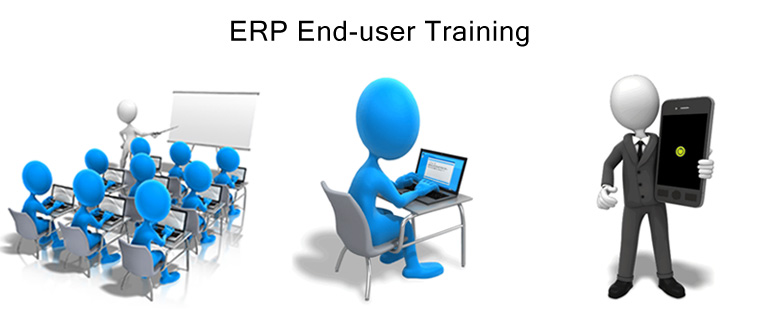E-learning + M-learning = Comprehensive Safety Training

If safety is ‘common sense’ then we need no trainers, training programs, safety officers, inductions or safety legislation. – Rob Long, Social Psychology Expert
Training employees on safety practices and educating them to take necessary precautions is crucial to foster a safe workplace. Now the question is, which training approach is preferable – classroom, e-learning, or mobile learning? Each has its own merits and demerits. However, it’s not a cause for concern, as one method can complement the other. Blending training methodologies will help overcome the limitations of individual methods. Using a combination of instructional methods is called hybrid or blended learning. Blended learning considers various factors such as the subject, learner demographics, types of learners, and more; so it suits most workplace situations.
In this post, let’s see how we can integrate mobile learning with e-learning for safety training, to get better results.
Limitations of Each Approach
Constraints of Online Learning
- Lack of personal connection with trainers and peers
- Difficult for learners to understand complex subjects without personal guidance
- On-the-go learning not possible – employees need to be at their desks to access training
Constraints of Mobile Learning
- Not a best fit to provide comprehensive training
- Connectivity issues can interrupt learning
- Battery life can limit usage
Want to make you compliance training effective? Try blended learning.
Blending Fills these Gaps
E-learning courses can deal with safety concepts comprehensively, which mobile learning can’t do. Effective reinforcement of safety training, however, is much easy and accessible with mobile learning. The formats complement each other. When everybody has to access safety training, you have to blend e-learning and mobile learning. Let’s see why.
Employees who work indoors can take online safety training courses, as they have the necessary infrastructure in place.
Field staff and technicians who have mobile jobs can access short safety training nuggets on their mobile devices.
In the blended approach, create a well-designed collection of online learning resources on each topic. Offer comprehensive safety courses through e-learning. The blended safety curriculum can be extended by providing additional resources and job-aids through mlearning.
Want to keep safety training at the fingertips of your employees? Offer mobile learning.
Blended Approach to Foster a Safety Culture
Blended learning will keep employees engaged, make knowledge available at the point of need, and work well for safety training.
For example, an online training module on its features and a hands-on exercise on operating a water hose or a fire extinguisher will complete the learning. You can now extend safety training by offering consistent reinforcement through mobile learning. Provide a short video on operating the hose, online flashcards on its main features, etc. This is how blended learning works well to inculcate a safety culture at your workplace.
Blending e-learning and mLearning in the overall training strategy will shape the safety culture in your organization. Keeping safety training handy fosters a culture of ongoing learning; this leads to a reduction in injury and illness rates and improves workplace performance in the long run.



![Blended Learning for a Holistic Learning Experience [Infographic]](https://blog.commlabindia.com/hubfs/Imported_Blog_Media/blended-learning-holistic-learning-experience-infographic-main.jpg)

